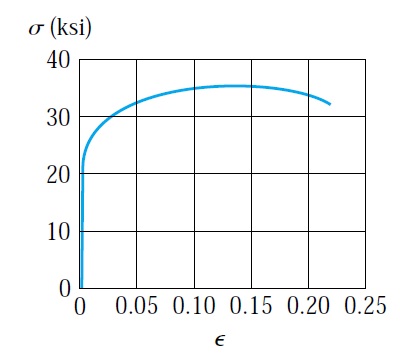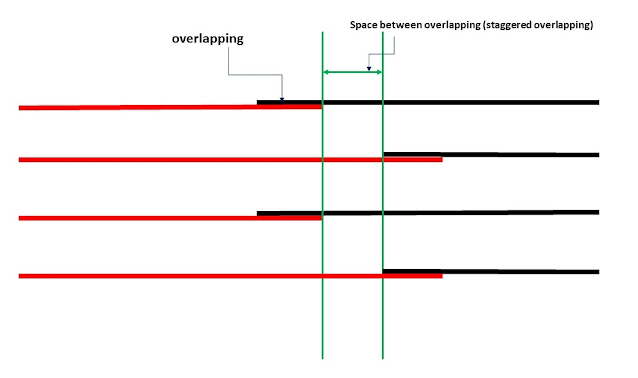Shape and texture of aggregate
The shape and texture of aggregates will significantly affect the fresh and hardened concrete properties. The shape and texture of aggregates can impact concrete workability and strength.
Aggregates with a rough texture and angular or elongated shape require more water to produce a workable concrete. On other word, using this type of aggregate reduces concrete workability. While the smooth texture and rounded aggregate require less water to create a workable concrete. Angular aggregates required more cement to maintain the same water-cement ratio. However, using satisfactory aggregates for crushed and uncrushed aggregates from the same rock will produce the same strength for the same cement factor.
However, the increase of angularity and roughness of surface for aggregates will result in increasing the bond between concrete and aggregates. Also, it will improve the flexural and compressive strength of concrete. Voids content for compacted fine and coarse aggregate can be used as an index of differences for aggregates with different shape and texture for the same gradation.
Flaky and elongated aggregates should be avoided in a concrete mixture. Flaky and elongated aggregates can adversely affect concrete. Flaky and elongated aggregates are difficult to compact. Therefore using flaky and elongated aggregates will reduce concrete workability, which required more amount of water to produce a workable mix. Increasing water content will reduce concrete strength and durability.
Moreover, these aggregates are not robust, which leads to lowering concrete strength. Aggregates considered flaky if the least dimension (thickness) is less than three- fifths (0.6times) of their mean dimension. While aggregates considered elongated if the greatest dimension (length) is greater than nine-fifths (1.8times) their mean dimension.

















Comments
Post a Comment